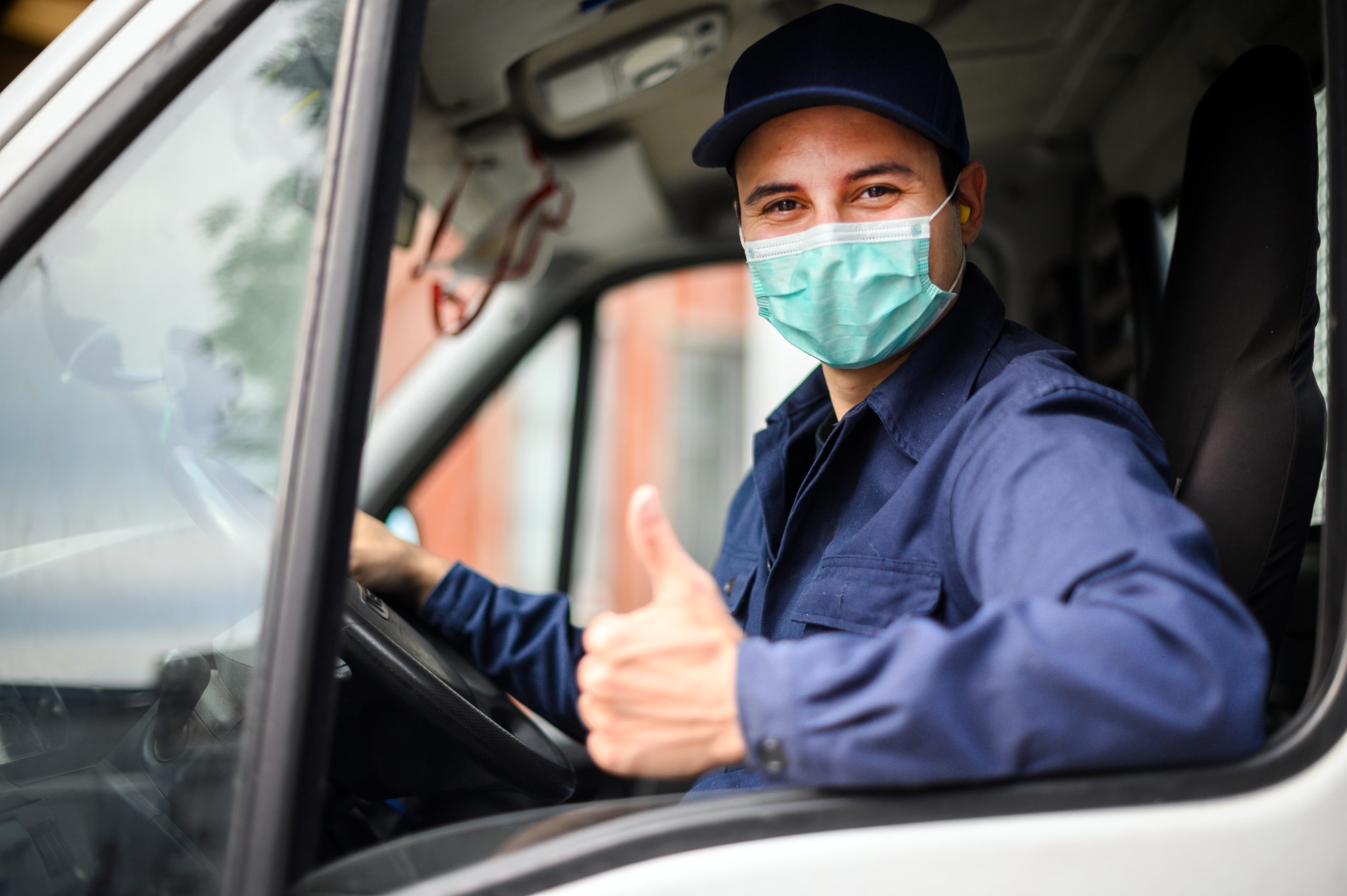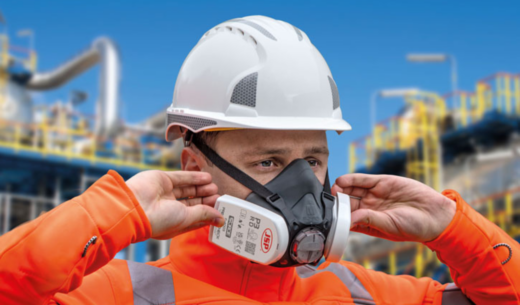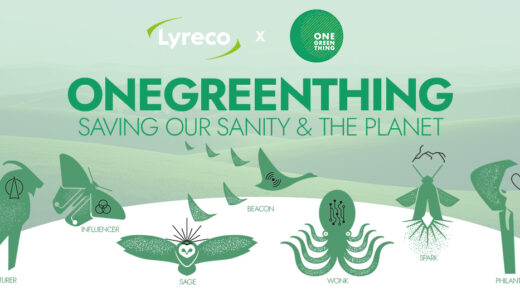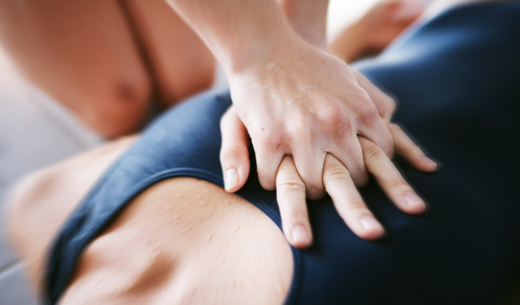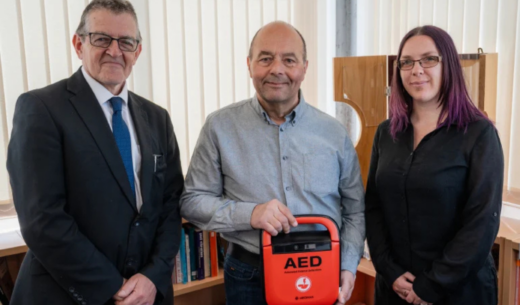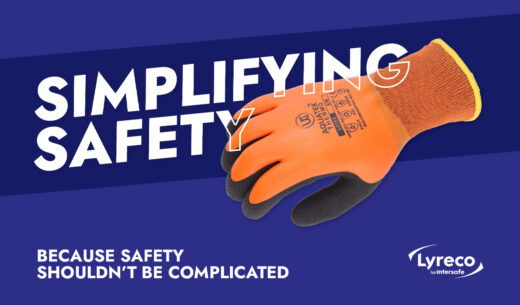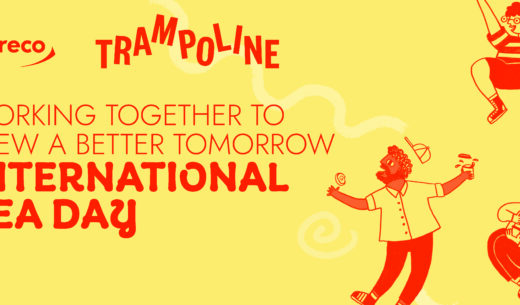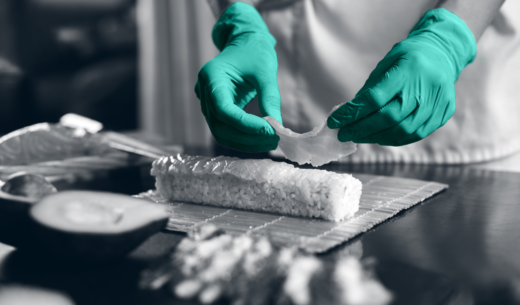A guide to creating safe deliveries
Throughout the COVID-19 pandemic, delivery drivers have been instrumental in keeping Britain going; from delivering essential supplies to the NHS, to dropping off your food shopping, they have allowed us to get the goods we need to navigate through this crisis.
However, due to the nature of their roles, logistics workers and drivers may be more likely to be exposed to COVID-19. These teams are often in regular contact with a product that has moved across the country and the globe. In addition, drivers often encounter multiple people throughout the day.
In order to help you operate as safely as possible, we have compiled the key points to be considered to ensure the continuity of your activity and employee protection.
Order preparation
As we move into the next phase of lockdown, it will be a legal requirement for COVID-19 to be taken into consideration in any risk assessments. Companies that fail to comply could be breaching current health and safety law. When updating risk assessment policies, discuss the proposed changes with your teams first; they will be able to help identify issues and risks throughout the workplace and delivery routes to support you in creating a comprehensive plan.
Health and safety measures should be implemented throughout the logistics chain, from order preparation right through to delivery. Order preparation carried out with the right organisation and equipment helps to build trust with your delivery team as well as with your end customers.
Ensure each picker has their own equipment, strictly for their personal use only. Such items include tape, cutters and scissors. This will limit potential cross-contamination from other employees, as well as possible contamination of the package. Provide your teams with easy access to hand sanitising stations, so they can clean their hands regularly. Using fixed teams will also reduce the risk of cross-contamination, as employees will only come in to contact with a selected set of individuals.
Use suitable ground markings to enforce a safe distance of 2 metres where possible. Colour-coded stickers are easily identifiable, simple to apply, effective and durable. If your teams work closely together on your preparation line, consider installing clear acrylic partitions between each station to block potentially infectious contact without removing visual contact.
Display clear communication of the expected standards of social distancing and hygiene throughout the workplace to help maintain the right mindset. Place posters on partitions, in common areas and at crossing points as well as on workstations.
Preparation of the vehicle
Where possible, assign each driver a designated vehicle. Allocate the same routes and roles to keep cross-contamination to a minimum and ensure all vehicles have cleaning kits. These can include the COVID Guard cleaner/sanitiser, which is EN 14476-2013 certified, meaning it is certified proven to be effective at killing bacteria and all known coronaviruses, including COVID-19. Remember to include hand sanitiser and single-use masks where possible, as well as a small, lidded bin to help drivers dispose of used PPE correctly.
To maintain the required social distancing, we recommend one driver per vehicle. If drivers must share the same vehicle, it is important to disinfect the keys and the interior of the driver’s cab between each user. This will include the steering wheel, gear stick, dashboard, interior and exterior handles and passenger compartment. The manual control of the vehicle’s auxiliary equipment (such as the tail lift) or the remote control will also need to be disinfected to limit the risks of contamination.
When loading the vehicle, the loaders should remain in the cabin of their forklift truck and drivers must remain in the cab of their vehicles, thus avoiding any contact. Loading should be completed in the order of the delivery driver’s round, limiting unnecessary handling.
Government guidelines advise that you try to avoid implementing 2 person deliveries where possible. You can do this by delaying larger orders until social distancing guidelines have been relaxed further. If this is unavoidable, use fixed pairs to reduce cross contamination risks.
Helping your drivers to adapt
To ensure site safety, your customers may have updated their incoming delivery procedures. Ensure your drivers understand the changes in advance and take any additional waiting periods into consideration when planning their routes. Your planners may have to contact the customer in advance to book in a time slot and the customer may not be able to sign for deliveries, so your processes may need to be amended to accommodate these changes.
Consider providing Personal Protection Kits to your logistics teams and drivers. These kits are a great way of protecting your employees and others whilst on the road. They contain essential gloves, hand sanitiser, sterile wipes and surgical masks, as well as COVID-19 information leaflets and a first aid guide.
Make sure that each of your drivers also has all the individual equipment necessary for transport and delivery such as:
- Tablet or terminal for delivery registration
- Phone
- Pen and pad
- Pallet truck
It is also important to keep in mind that service stations and shops pose a risk of contamination. Advise your drivers to bring a refillable bottle of water and food with them, so they won’t need to exit the vehicle unnecessarily.
Deliveries
Parcel deliveries
When delivering the package to your customer we recommend you take the following steps:
- Sanitise your hands as you leave the vehicle and before you pick up the package.
- Knock or ring the doorbell, place the package in front of the door and then back away from the door at least 2 metres
- Replace the customer’s signature with a validation photo and remember to update your T&Cs.
- The driver must clean their hands after each delivery with sanitising gel
- Ensure you allow your driver the time to complete all safety steps, tight time restraints may cause them to miss vital processes such as hand sanitisation
Assembly or installation service
Some items, such as furniture or household appliances, are delivered with an installation service to the customer’s home or premises. Where possible, delay the delivery and installation of these items until the governments social distancing guidelines have been relaxed. However, if the order must be fulfilled, ensure your teams are taking every precaution possible to protect themselves and the customer:
- Use set assembly/installation teams to reduce contact with a wide variety of people
- Where possible, your team must aim to keep a safe distance of 2 metres during the visit
- All team members must wear a mask and sanitise their hands before and after activities and advise the customer to also wear a mask
- Upon completion, use COVID Guard cleaner/sanitiser on surfaces contacted during their time at the premises
Unloading pallets
In the case of goods transport, social distancing and hygiene measures must be respected by the driver and by the personnel present in the unloading area.
The driver should advise the delivery site of their ETA via phone before they arrive, so the relevant employee on-site can give instructions as to the drivers next steps. Such instruction may include where to wait and how they will need to unload the vehicle.
If queuing, the driver must remain in their cab and only use bathroom facilities as directed by an employee on-site. The vehicle should be guided by the on-site operator using gestures or voice commands, always at a distance. Where possible, the pallets should be unloaded by an on-site forklift truck and the driver must continue to wait in the cab.
Ensuring the safety of the entire supply chain, from pickers to customers, is essential during COVID-19 crisis. New challenges will continue to present themselves as the country begins to get moving, however by implementing these basic safety measures, you will allow your business to move forward safely while still delivering a high level of customer service.
For more information on the Government guidelines around working from a vehicle visit here.
Visit our Back To Work shop by clicking here.

